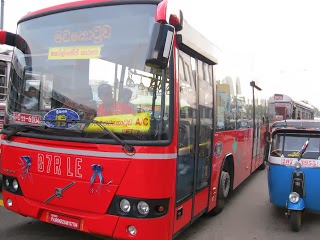 Archaeologists have found in Lumbini, Nepal a 600 BC temple with tree roots in the middle. This tree may
Archaeologists have found in Lumbini, Nepal a 600 BC temple with tree roots in the middle. This tree may possibly validate the claim that Queen Maya Devi gave birth to Buddha under a tree.
Excerpts from NY Times
In traditional narratives, Queen Maya Devi, the mother of Buddha, gave birth to him while holding on to a branch of a tree in a garden at Lumbini, in what is now Nepal. Accounts vary as to when this occurred, leaving uncertain the founding century of one of the world’s major religions.
Until now, archaeological evidence favored a date no earlier than the third century B.C., when the Emperor Asoka promoted the spread of Buddhism through South Asia, leaving a scattering of shrines and inscriptions to the man who became “the enlightened one.” A white temple on a gently sloping plateau at Lumbini, 20 miles from the border with India, draws hundreds of thousands of pilgrims each year to read a sandstone pillar documenting Asoka’s homage at the Buddha’s birthplace.
But new excavations by archaeologists at Lumbini have uncovered evidence of a much earlier timber shrine and brick structures above it — all of which lay beneath the temple that is a Unesco World Heritage site long identified as the birthplace. Dating fragments of charcoal and grains of sand, researchers determined that the lower structures were erected as early as the sixth century B.C.
The international team of archaeologists said the lower structures were laid out on the same design as the more recent temple. The timber shrine even had an open space in the center that suggested a link to the Buddha’s nativity tradition. Deep tree roots in the center space may even have been from the tree his mother presumably held on to.
Although much is known of the Buddha’s teachings and half a billion people are Buddhists, there is little to document his life, Dr. Coningham said, except through textual sources and oral tradition. He said, “We thought, why not go back to archaeology to try to answer some of the questions about his birth?
http://antiquity.ac.uk/ant/087/ant0871104.htm http://www.bbc.co.uk/news/science-environment-25088960 http://www.nytimes.com/2013/11/26/science/new-clues-may-change-buddhas-date-of-birth.html?partner=rss&emc=rss&_r=0







